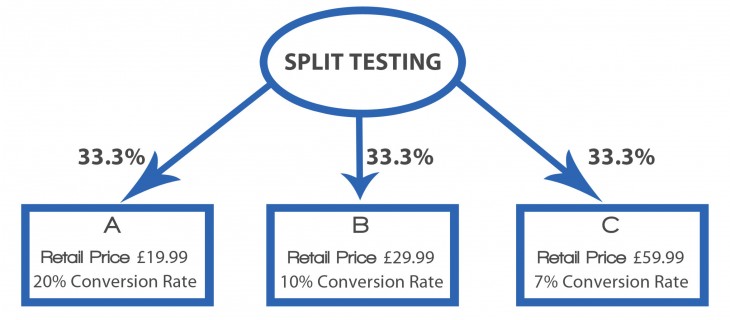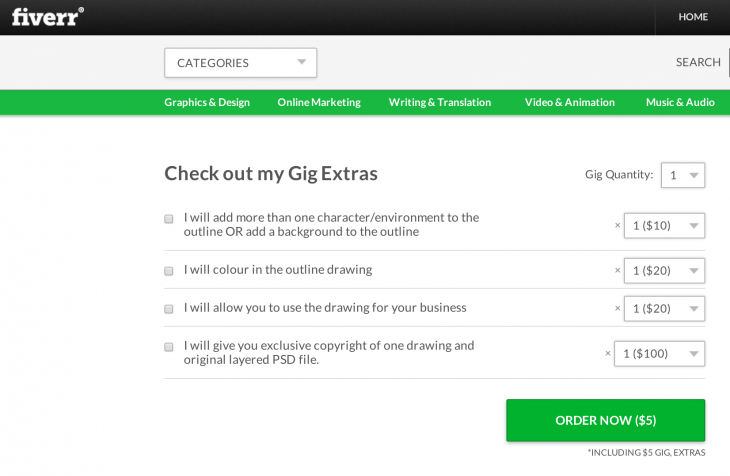
Anand Srinivasan is a digital media consultant and is the author of the book, “How We Did It: 100 entrepreneurs share the story of their struggles and life experiences.” He also runs a small newsletter for entrepreneurs, Entrepreneurship Daily.
Pricing your product is always a tricky business. Price it high and you run the risk of not being within reach for a majority of your target customers. While pricing it low can help you penetrate a crowded market, you could potentially start an all-out pricing war which would make breaking even absolutely difficult. So how does a startup entrepreneur go about this?
During the course of writing my book, I got an opportunity to ask successful entrepreneurs their thoughts and lessons from pricing their product. Here are some insights I gained from talking to them.
Create unique positioning
Customers compare the price of your product with competition only when there is little to no difference in value between the two.
One way to thwart a pricing war is to offer a unique differentiator or positioning that separates your product from competition. For instance, if your products are made in the USA, you could market this fact to justify the higher price.
Add additional value
Depending on the industry you operate in, creating a unique positioning is not always possible. In such cases, business owners may try to package additional value into their product in order to justify the higher price.
One example for this model is Fiverr. In this marketplace, the base price for all gigs is $5. However, sellers typically offer additional value for a higher cost thereby making up for the low base price.
Price it high, then bring it down
The price of your product can always be changed. But it’s always much harder to increase it, as compared to reducing it.
As a thumb-rule, always price your product higher than your desired price-point in the initial days. You may then gradually reduce the price to its sweet-spot.
One very good example of a company that practices this strategy is Apple. Every time a new iPhone is released, there is criticism about the high cost of the product. Once the early adopters are in, Apple then drops the price of the product to a more reasonable level. Early adopters of Apple products are willing to pay the premium, while others who can wait will buy when it’s affordable.
Know your costs
Every industry has a typical ratio between the product cost and the retail price. For instance, one founder I talked to is in the business of manufacturing and selling pillows. In his industry, the ratio between cost and price needs to be 1:5.
In his initial days, the entrepreneur sold his pillows at a price that was way lower than this ratio. The result: he almost went to the brink of declaring bankruptcy.
The point here is that one must clearly understand all the costs that go into sourcing the raw materials, manufacture and distribution so that they may sell the product at an appropriate price.
Split-test different price points
Sometimes, the only way to arrive at the best price-point is by testing it out against real customers. If you own an online sales channel, you could create separate landing pages for all the different price points and tiers you wish to test. This way, the landing page that not only converts the best, but also provides the highest acceptable stream of revenue could be chosen for all future transactions.

One common thread I came across during my conversations with each of the entrepreneurs is the need to justify your product price by offering great value. While there is always a market for low-cost alternatives, one should adopt this strategy only when all the other strategies do not work.
Otherwise, you could be triggering a price war that, as history has shown, always ends with the bigger companies killing off their smaller competitors. As a startup entrepreneur working on a shoestring budget, this is one scenario you do not want to fight in.
How do you arrive at the right price for your product? We’d love to hear your thought process in the comments below.
Get the TNW newsletter
Get the most important tech news in your inbox each week.





